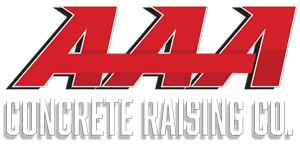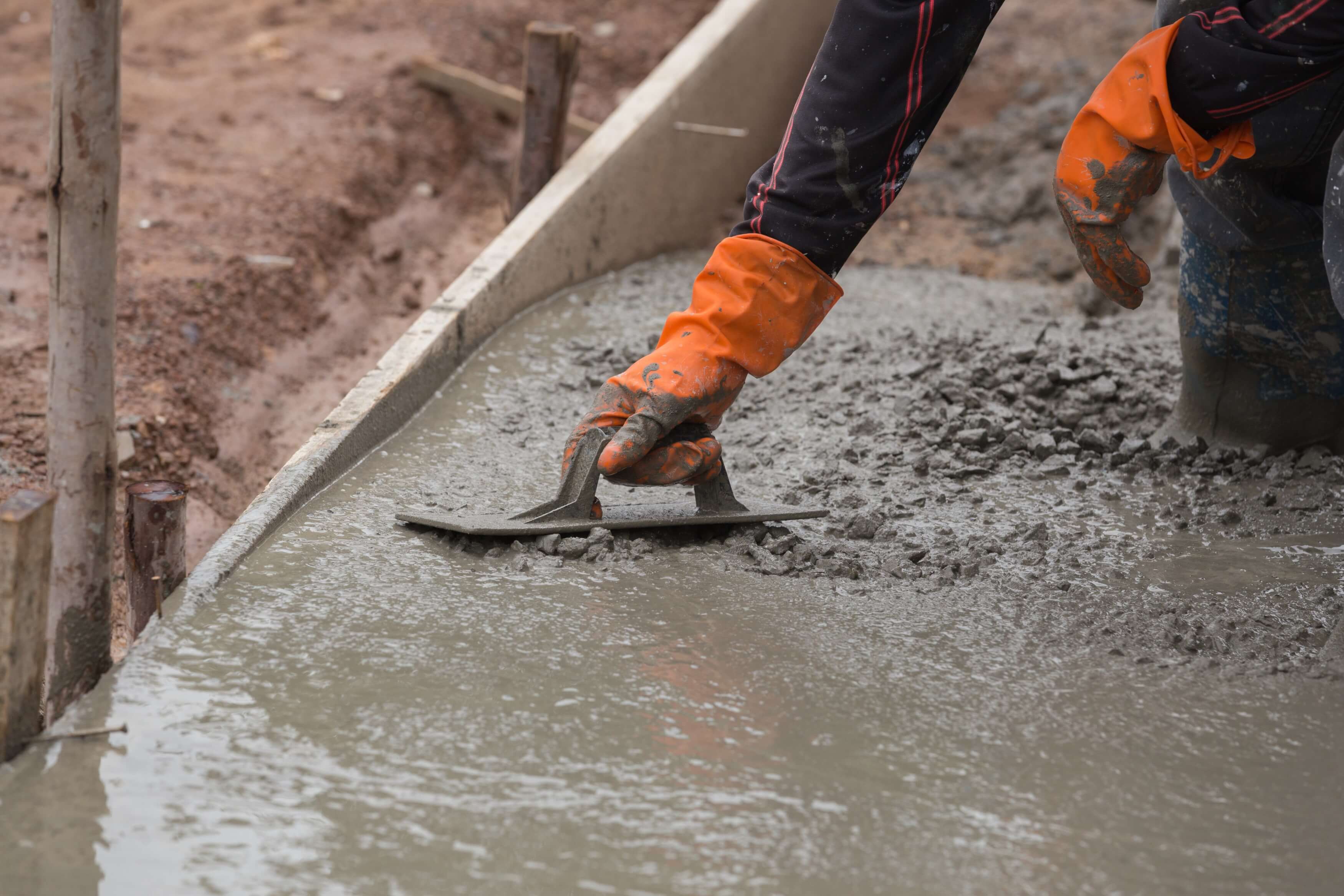

Although it’s one of the world’s most durable surfaces, concrete is only as strong as its underlying foundation. When soil shifts or erodes, concrete slabs can develop cracks and slopes that are unsightly and dangerous.
A cost-effective, time-tested, concrete repair solution, mudjacking is a sound option for returning settling concrete to its original position. In fact, it’s one of the most popular options for Colorado businesses and homeowners who need timely repairs that fit within their budgets.
“Over time, concrete can start to sink due to soil settling and erosion,” said Trevor Gaines of AAA Concrete Raising. “This can create a significant eyesore and make surfaces less functional. Mudjacking refers to a process of elevating a settling concrete slab and restoring its normal look and function.”
The process is relatively simple: After drilling a small hole into the concrete, the contractor pumps a slurry filler below the surface to fill in any gaps. This raises the concrete until it’s flush with the ground surface.
The process is fast, efficient and cost-effective. It also offers a number of other benefits that make it a popular option for homeowners who want to repair damaged concrete surfaces without having to pay for a full replacement.
“Mudjacking offers a number of key advantages,” said Trevor. “For one, it’s noninvasive. It doesn’t require any real digging or large, noisy machinery. The process requires the drilling of a relatively small hole, which is usually just one and a half inches in diameter. After the project is completed, the hole is thoroughly patched. The task can be completed without disturbing a property, household or surrounding neighbors.”
In addition to its simplicity, mudjacking is also eco-friendly. The filler is made of some form of natural material, such as a slurry mixture of clay, sand, and cement. The need for minimal materials makes the procedure a very cost-effective solution. It also leads to minimal environmental waste, especially since there’s no need to dispose of a replaced concrete slab.
At the same time, mudjacking can also help reduce the risk of on-site injury.
“Uneven and sloping concrete increases the risk of injury from a trip and fall,” said Trevor. “As a homeowner, you could face steep liable costs for bodily injury occurring on your property. By raising your concrete back in place, mudjacking eliminates the trip hazard so you won’t have to worry about a potential lawsuit.”
Mudjacking also costs approximately 60% less than total concrete replacement, making it especially attractive to cost-conscious homeowners. It’s also a very fast, efficient way to repair damaged concrete. The entire process can usually be completed in a single day, often within one to two hours.
“Mudjacking is fast and cost-effective,” said Trevor. “It also promotes a more uniform color. With a full slab replacement, it’s very difficult to match the texture and color of older concrete. With mudjacking, this is not a concern. Since the original slab is left in place, the repair work is virtually invisible.”
While mudjacking can be a convenient, cost-effective option for concrete repair, it isn’t always appropriate. If the concrete slab has extensive cracks or other serious existing damage, an inspector may suggest a total replacement. Mudjacking is usually only appropriate if the settling concrete is still in relatively good shape.
To know if mudjacking is a viable option, businesses and homeowners need to get an evaluation and estimate from a reputable service provider. If mudjacking is a good option, they can work with the provider to schedule a time that will be minimally disruptive for their business or neighborhood.
For over two decades, AAA Concrete Raising has served businesses and homeowners in and around the Denver metro area. Established in 1988, our concrete raising company brings the “monster” truck of the industry to every job.
Our innovative equipment eliminates the need for awkward, noisy machinery, ensuring a quick, efficient job that doesn’t disrupt the neighborhood. AAA Concrete Raising brings the materials and the expertise to completely support and fill all the voids under concrete slabs, avoiding the need for total slab replacement and ensuring a safe, functional concrete surface.